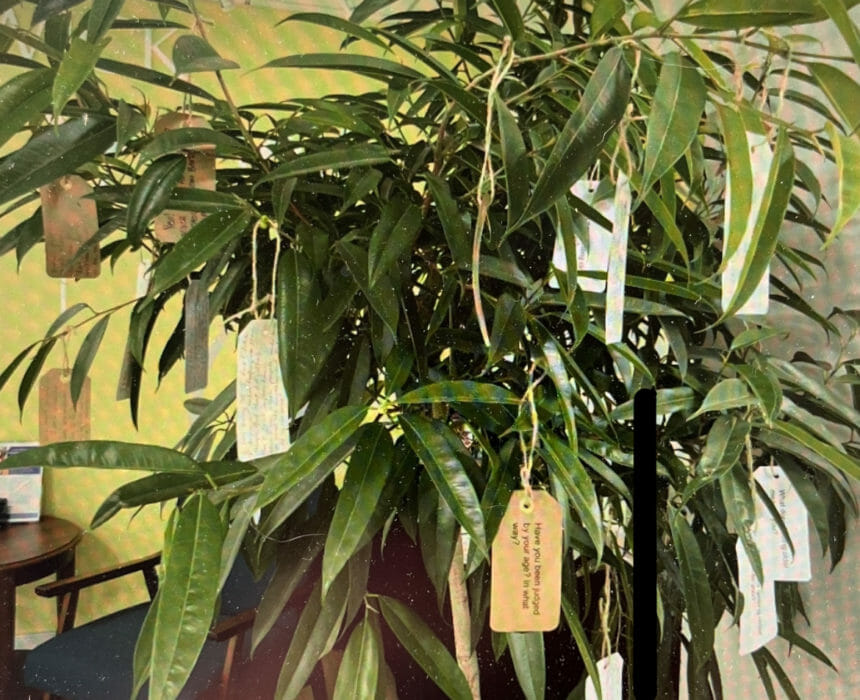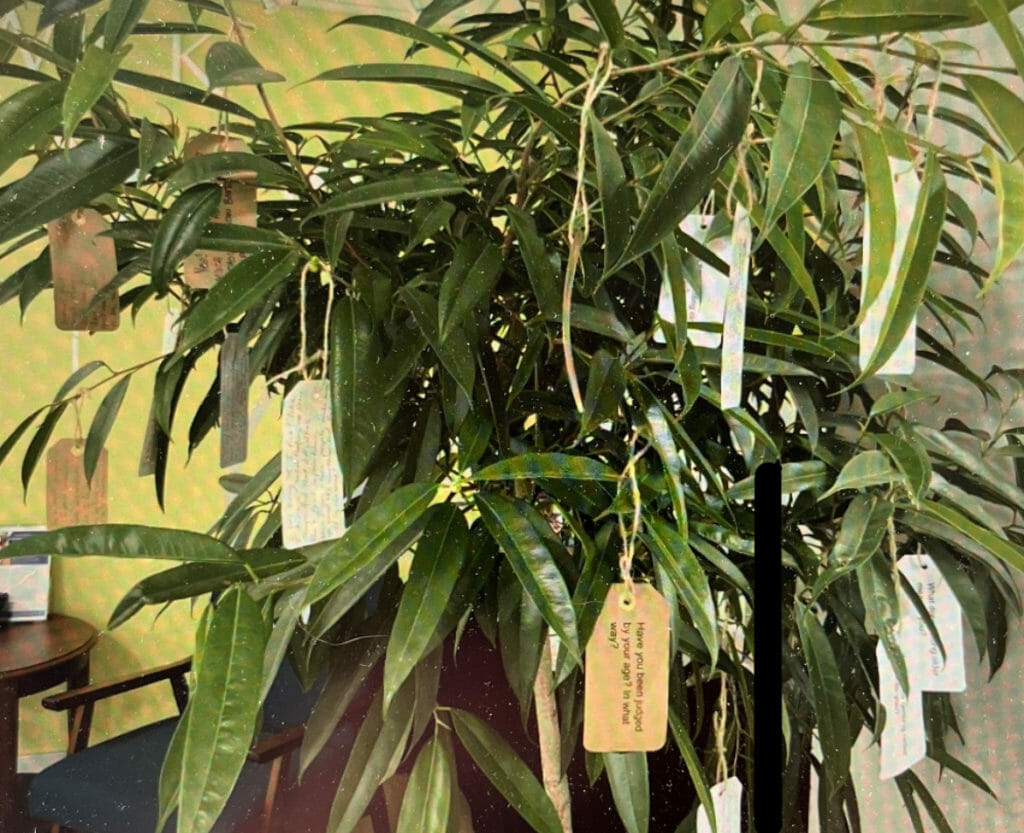

We all know some of the ingrained assumptions: Older people are not worthwhile. Seniors can’t contribute to society. They are not beautiful or current or effective professionally. An alliance of artists, creatives and activists has come together to use art to combat damaging stereotypes about aging. The organization, Art Against Ageism, amplifies artistic efforts that address these stereotypes head-on.
“We look for entities, individuals, or art and creativity that tackles ageism, and then we share it on our platform,” Art Against Ageism Co-Founder Meg LaPorte told McKnight’s Home Care Daily Pulse. “We also do what we can to create artistic endeavors such as interactive art installations, workshops and some other things to create an artistic and creative initiative that promotes age positivity.”
Art Against Ageism launched last August when University of Maryland, Baltimore County, adjunct faculty member LaPorte, along with graduate student Jordan Evans, sought to turn LaPorte’s class into an organization. The class was focused on ageism and art activism throughout history.
“Jordan and I kept in touch and decided to sort of activate the course and make it a nonprofit,” LaPorte, who has been a guest columnist for McKnight’s Long-Term Care News, said.
It started as a website and accounts on social media. LaPorte was familiar with this type of work due to her blog, Age in America — modeled after the acclaimed Humans of New York series, in which she interviews seniors and chronicles their stories.
Art Against Ageism does more than just amplify artistic endeavor. It also has a creative component. In September of 2021, Laporte and Art Against Ageism partnered with the Baltimore nursing care center Keswick to create an interactive art installation called “The Tree of Life.”
This installation, inspired by Yoko Ono’s global “Wish Tree” program, asks seniors to respond to one of three questions about aging and then hang their response on the tree. These responses serve as a visual representation of how elderly individuals feel. LaPorte also records these responses and analyzes them to see if any of them point to signs of ageism. LaPorte strongly believes that art can lead to a better understanding of the aging process.
“Art is part of our culture. It reflects our culture and it also helps shape it,” she said.
“Thinking about it that way is a great way to help shape and promote age positivity.”
Editor’s note: Home Sweet Home is a feature appearing Mondays in McKnight’s Home Care Daily Pulse. The story focuses on a heartwarming, entertaining or quirky happening affecting the world of home care. If you have a topic that might be worthy of the spotlight in Home Sweet Home, please email Liza Berger at [email protected].
This article originally appeared on McKnight's Senior Living


